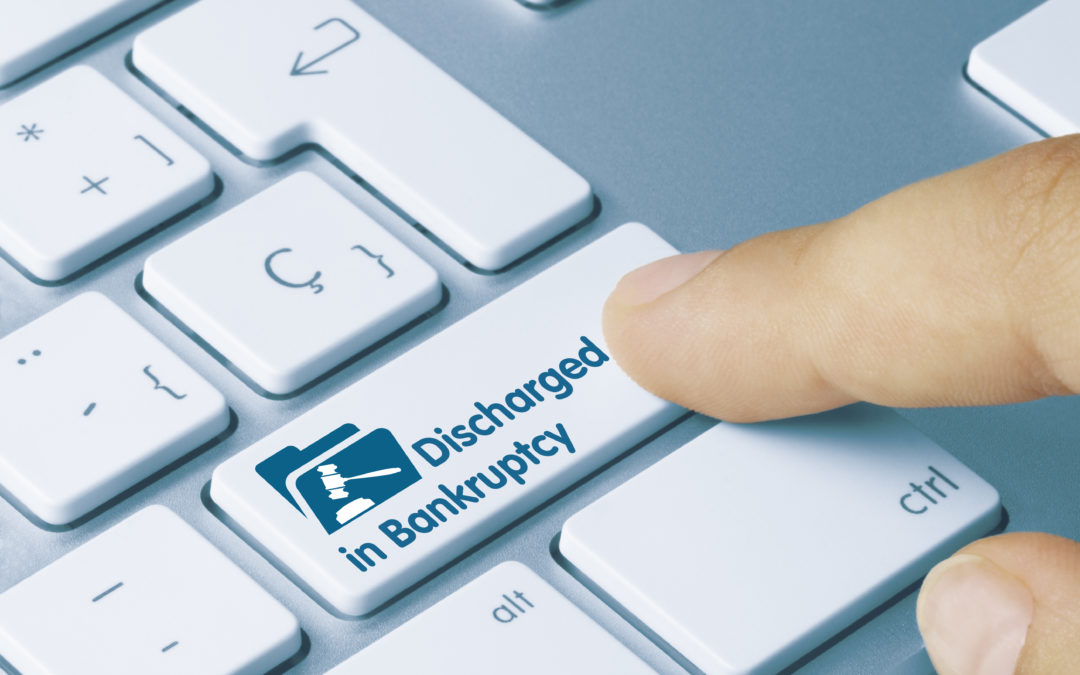A bankruptcy discharge is the goal of any bankruptcy filing and is entered at the end of the case. The discharge releases the debtor from the specific types of debts that were included in the bankruptcy and where a creditor received notice of the case. The order of discharge operates as a permanent injunction (a formal legal prohibition) preventing creditors from attempting to collect on a pre-bankruptcy debt.
Effect of the Bankruptcy Discharge
The impact of the discharge includes the following:
Creditors cannot contact or call the debtor to collect on a pre-bankruptcy debt;
- Pending lawsuits or garnishments cannot continue;
- Prevents new lawsuits for any debts that were released; and
- Voids any judgments that resulted in a money judgment against the debtor.
If the bankruptcy court finds a creditor has willfully violated the discharge injunction, then the court may award a debtor attorney’s fees and costs, actual damages, and punitive damages.
Debts routinely discharged in bankruptcy:
- Medical Bills
- Credit Cards
- Judgments
- Personal Loans
- Broken Lease Debt
- Repossessions
- Attorney’s Fees
- Garnishments
Debts Generally Not Discharged in a Bankruptcy
Some debts survive the bankruptcy discharge or require extra steps to receive the release of the liability in bankruptcy, these debts include, but are not limited to:
Liens attached to personal and real property will remain after the discharge even if the debtor’s liability is released;
- Tax debt generally is not discharged; however, some older tax debts may be discharged if the tax obligation meets all the requirements outlined in Bankruptcy Code Section 523(a);
- Child Support, alimony, and equitable distribution award (the equitable distribution is dischargeable in a chapter 13 bankruptcy under Bankruptcy Code section 1328);
- Tax Liens will remain on the property in a chapter 7 case but can be valued and a lesser amount paid in a chapter 13;
- Student Loans are very hard to discharge under the Brunner Standard (minimum standard of living, long term hardship or condition without the probability of improvement, and good faith effort to repay) which is part of an adversary proceeding and is very difficult for attorneys to present with little hope of success;
- Fines, penalties, and restitution;
- Debts arising from injury or death associated with intoxicated driving;
- Debts incurred after the filing of the bankruptcy, but before the discharge; and
- Debts not listed on the bankruptcy.
Each debtor entering bankruptcy has a different portfolio of debt issues he or she is seeking to resolve. Choosing the right attorney, chapter to file, and the presentation of the case are essential to receiving the relief needed to give the debtor a true fresh start.


